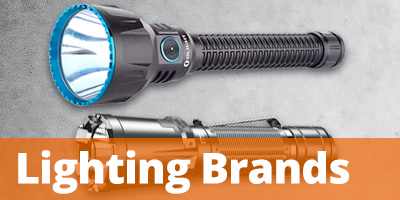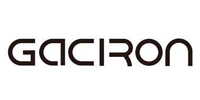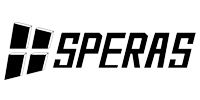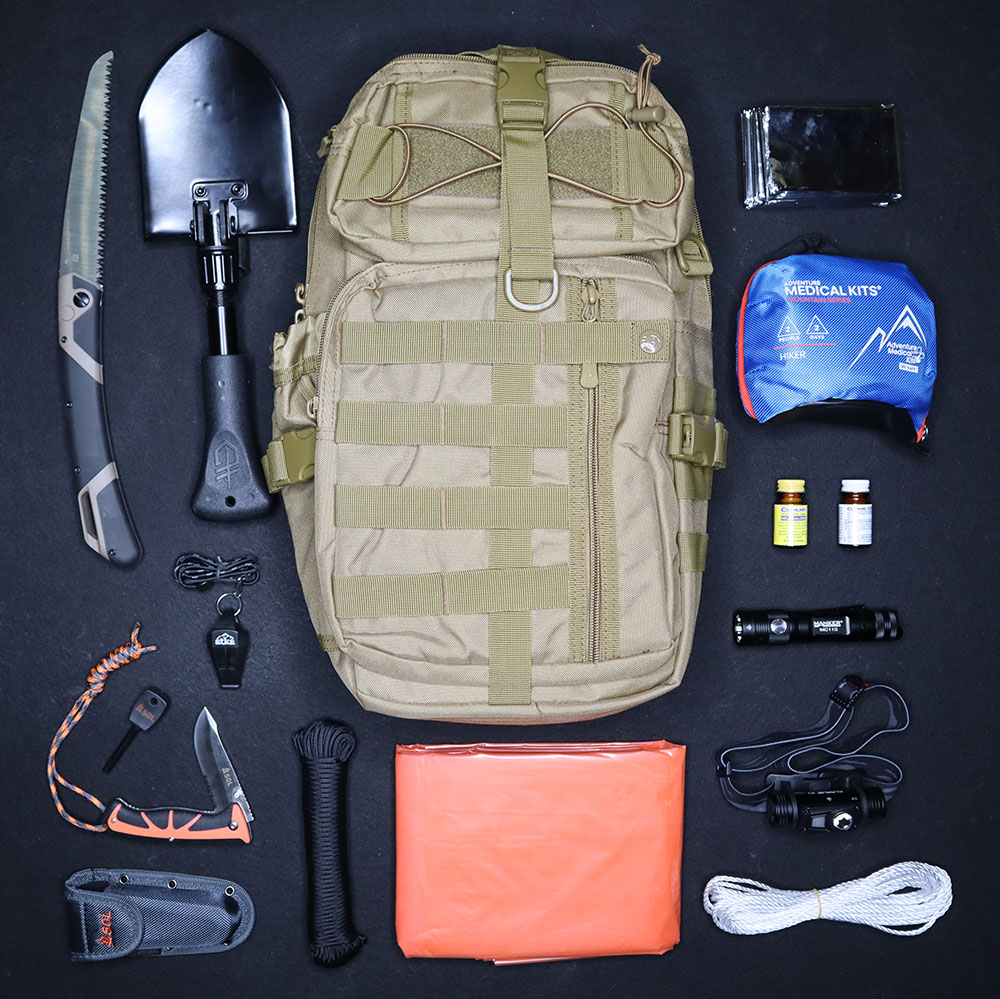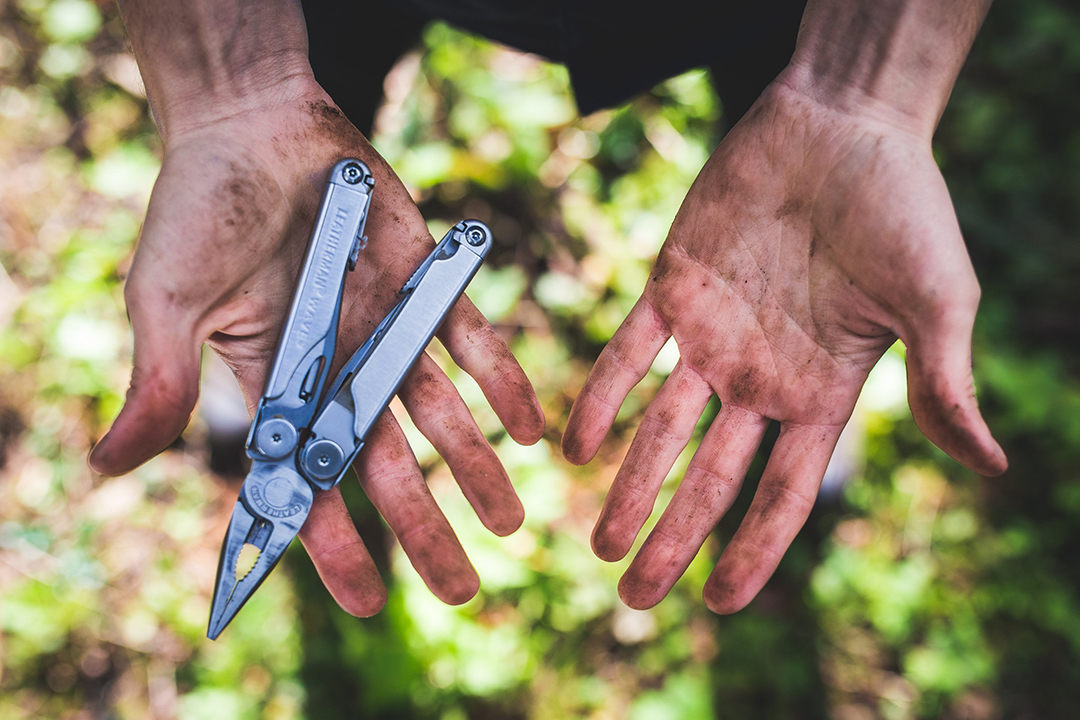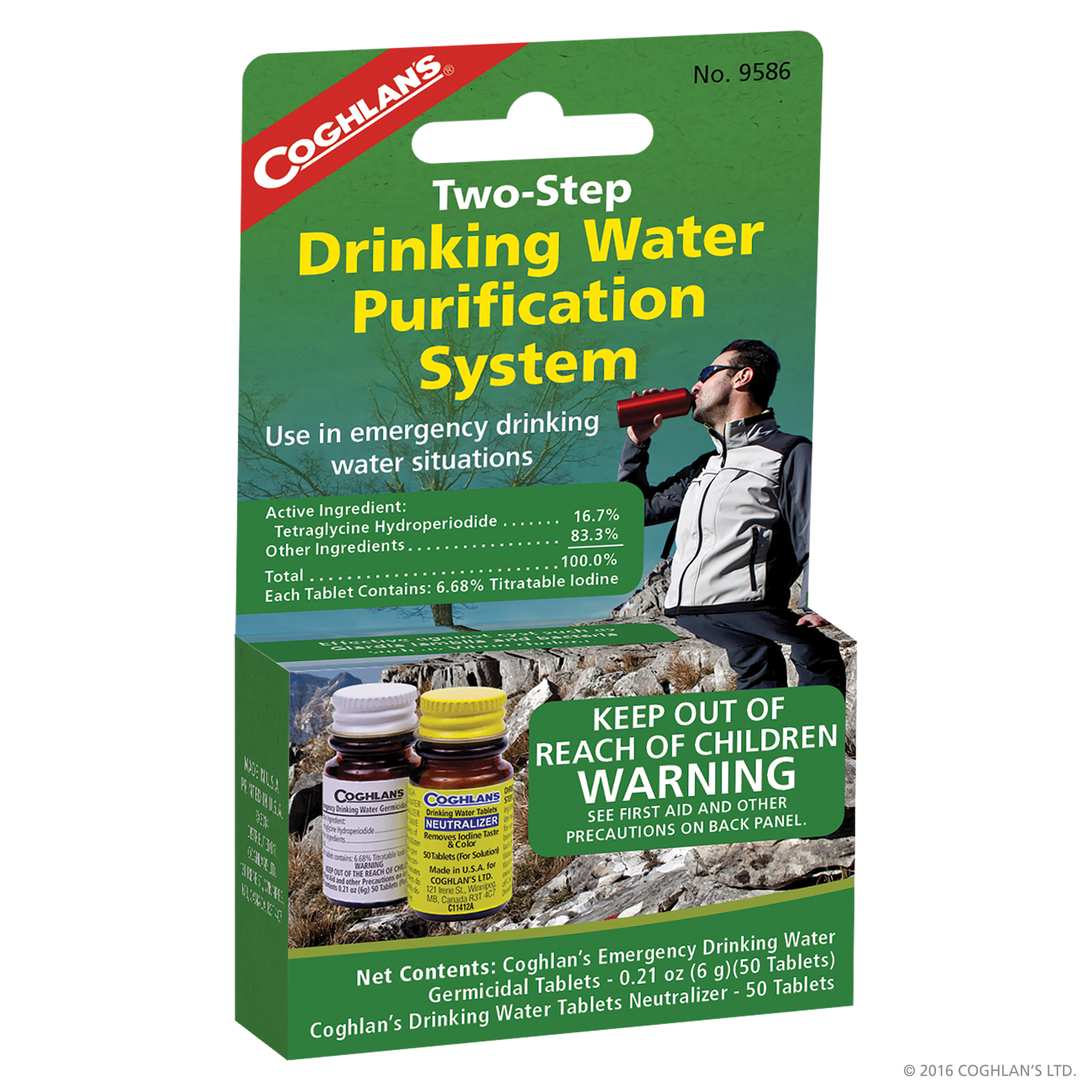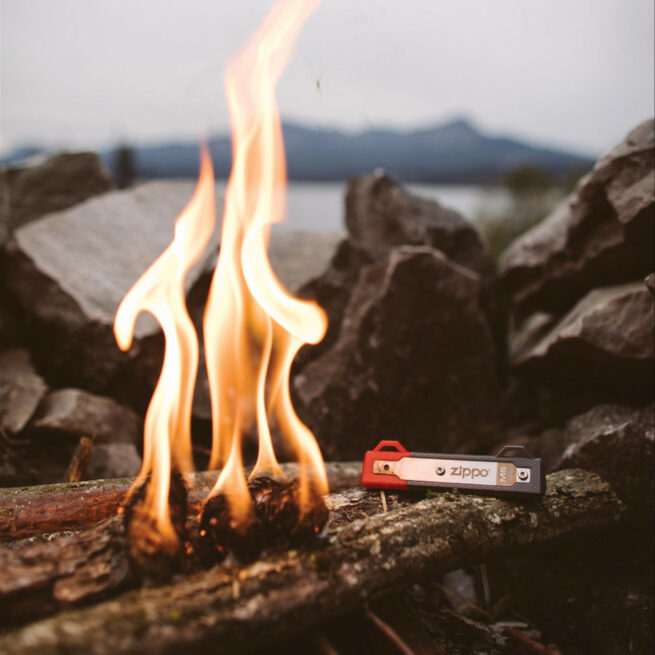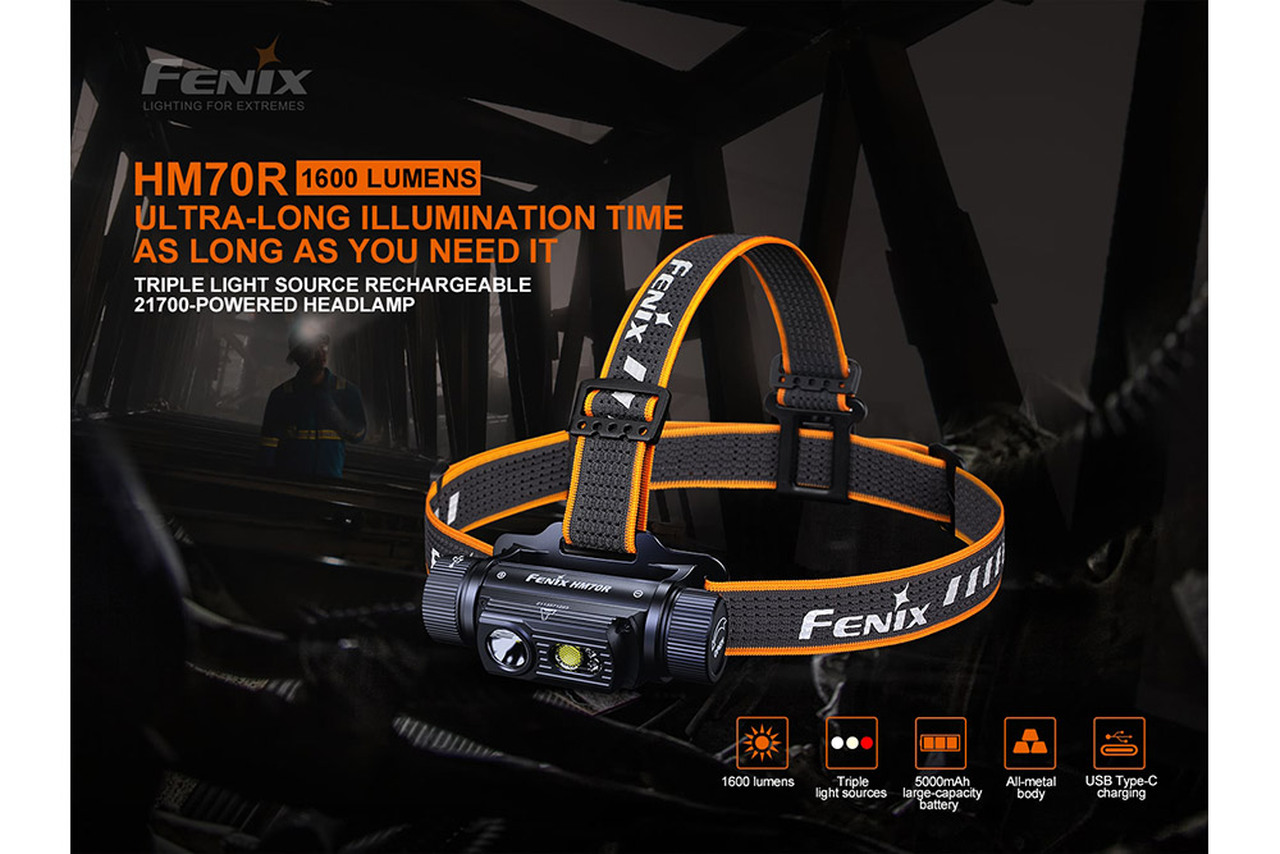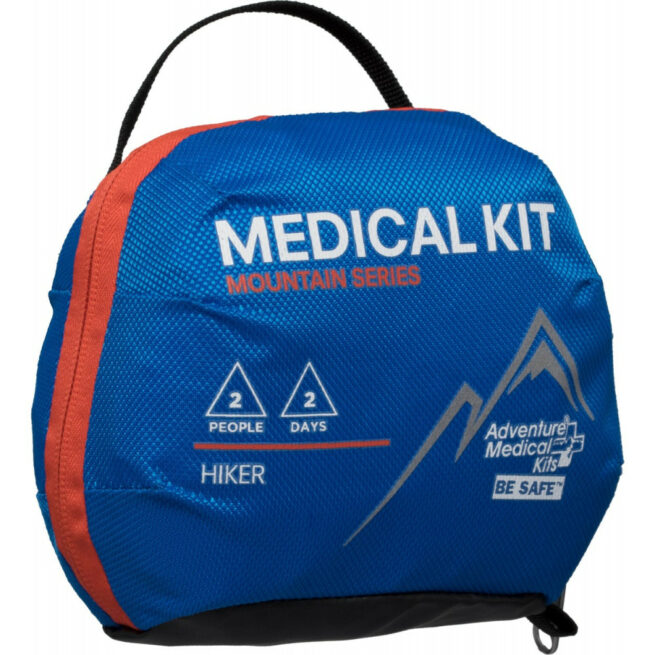Top 8 things to start a Survival kit
In the realm of adventure and survival, being prepared is paramount. Whether you’re venturing into the wilderness for a weekend of camping or preparing for a more extended outdoor expedition, having the right tools in your survival kit can make all the difference.
Here, we explore the top 8 tools that are essential for any survival kit to start. When you are building your survival kit the below will help as a base to what you need in a kit and you can add more items or remove depending on where you need the kit for and also the duration of you adventure.
- Multi-tool: A good quality multi-tool is invaluable, offering a range of tools in one compact package. Look for one that includes a knife, pliers, screwdrivers, and a can opener at a minimum.
- Water Purification System: Access to clean water is critical. A portable water purifier or water purification tablets can be a lifesaver in environments where water quality is questionable.
- Fire Starter: Whether it’s waterproof matches, a lighter, or a magnesium fire starter, being able to create fire is essential for warmth, cooking, and signalling for help.
- Durable Flashlight or Headlamp: Opt for a reliable, waterproof flashlight or a headlamp with an LED bulb that offers long battery life. A solar-powered or hand-cranked model can be particularly useful.
- First Aid Kit: A basic first aid kit should include bandages, antiseptic wipes, adhesive tape, scissors, and tweezers, along with any personal medications.
- Emergency Blanket: Also known as space blankets, these lightweight, reflective blankets can help retain body heat in cold environments and can also be used for signalling.
- Paracord: Strong and versatile, paracord can be used for everything from pitching a tent to fashioning a makeshift tourniquet. Aim for at least 30 feet (about 9 metres).
- Compass and Map: Even in the age of GPS, traditional navigation tools like a compass and a physical map are indispensable for navigating unfamiliar terrain, especially in areas with limited or no signal.
Equipping yourself with these eight tools will significantly enhance your chances of thriving in the great outdoors, no matter what Mother Nature throws your way.
Whether you’re an experienced adventurer or a novice stepping into the wilderness for the first time, remember that knowledge of how to use these tools is just as critical as having them in your pack.

